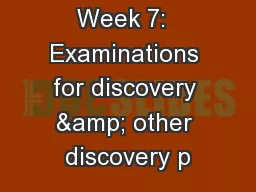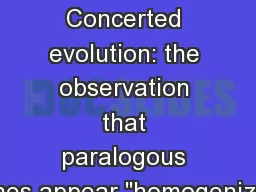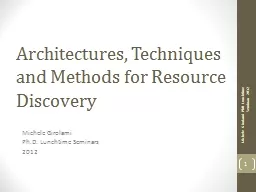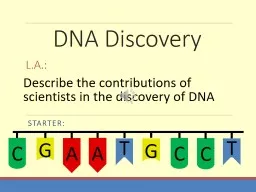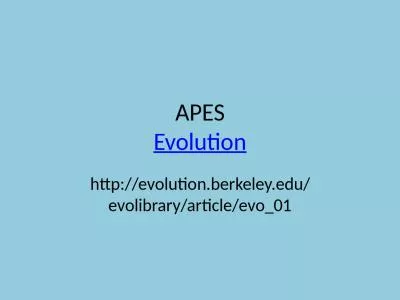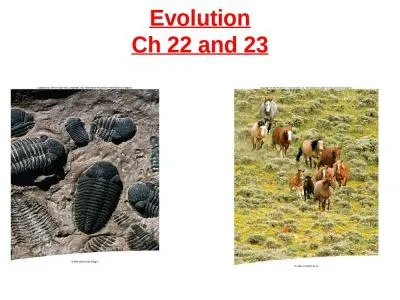PPT-Discovery and Evolution of a
Author : mitsue-stanley | Published Date : 2016-11-18
New Galactic Black Hole Candidate XTE J1752223 N Shaposhnikov 123 J Swank 3 C Markwardt 123 H Krimm 234 The Astrophysical Journal 723 21817 1 University
Presentation Embed Code
Download Presentation
Download Presentation The PPT/PDF document "Discovery and Evolution of a" is the property of its rightful owner. Permission is granted to download and print the materials on this website for personal, non-commercial use only, and to display it on your personal computer provided you do not modify the materials and that you retain all copyright notices contained in the materials. By downloading content from our website, you accept the terms of this agreement.
Discovery and Evolution of a: Transcript
Download Rules Of Document
"Discovery and Evolution of a"The content belongs to its owner. You may download and print it for personal use, without modification, and keep all copyright notices. By downloading, you agree to these terms.
Related Documents


